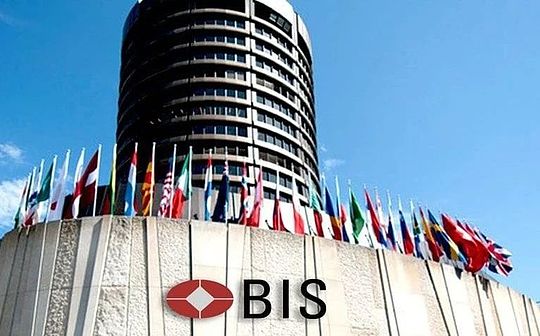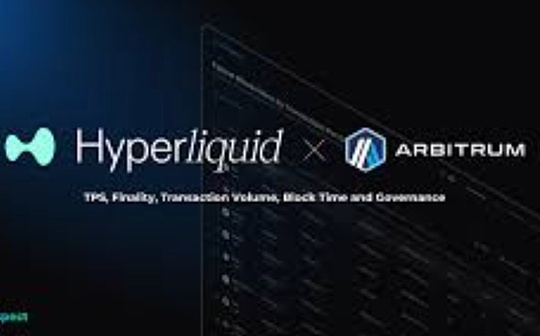
Source: Aiying Compliance
BIS report: https://www.bis.org/publ/othp_mariana.pdf
We collected data from the 63 blockchain -related tests conducted by the Central Bank of the G20 countries.It is found that there are a large number of items (47%of the sample) involved a variety of uses (such as the central bank’s digital currency CBDC, tokens, decentralized financial DEFI, etc.), and they are compatible with Ethereum virtual machine (EVM)Fang’s technical architecture.In addition, more and more projects are being launched on public blockchain, which proves that public and non -licensed infrastructure can meet the needs of regulatory agencies.
Our discovery highlight several important views:
Innovation usually occurs on the edge and is eventually adopted by mainstream institutions.If you suppress innovation, the ultimate mature technology will be restricted.Although the central bank has an attitude towards cryptocurrencies, they are still applying practical inspection to their unique environment.If the U.S. government has stifled innovation in the field of information and communication technology (ICT), the information transmission of Fedwire Fedwire, the federal telegram network, may still stay in the stage of electrical passage and Moos.Therefore, the central bank is not only exploring the CBDC and payment system, but also researching more complicated projects, such as tokenization and decentralized finance. These projects are increasingly deployed on public and unauthorized blockchains.
Two very interesting projects include:
Project Mariana: A cross -border foreign exchange project carried out by the Ethereum Sepolia testing online using tokens and automatic market (AMM).
Project Guardian: Including three sub -projects, they build liquidity pools, structural bills, and asset -supported securities for trade financing on the second -level network of Ethereum.
Take the project Mariana for example:
From the “Project Mariana Interim Report” released by the International Clenging Bank Innovation Center, it can be seen that Project Mariana’s specific ways to achieve cross -border wholesale central bank digital currency (WCBDC) exchanges involve several key technical components, including the design of CBDC and bridge technology.And automation to be a city merchant (AMM).These components together form a system architecture that can run safely and efficiently on the international network.The following is the specific implementation details of these technical components:
1. WCBDC design
The wholesale CBDC uses a unified technical standard based on the Ethereum standard (ERC-20) to achieve interoperability between different CBDCs.This standard allows:
Central bank governance characteristics: Central banks can manage their WCBDC on the chain, such as issuance and redemption (casting and destroying), controlling WCBDC access permissions, and recycling WCBDC in emergencies.
Upgrade: WCBDC’s smart contracts can be upgraded to repair potential problems or adjustment functions without having to stop operation or replace existing CBDC.
2. Bridge technology
Bridge technology allows WCBDC to safely transfer between different blockchain networks.Each bridge is composed of two smart contracts:
Domestic bridge accounts and international bridge accounts, they communicate with each other through the Relayer to transfer WCBDC between networks.
The central bank manages these bridges to ensure that only authorized commercial banks can use bridge connection to transfer WCBDC and ensure the consistency and security of WCBDC during the transfer process.
3. Automation as a city merchant (AMM) design
The AMM used by Project Mariana is based on the constant function of the market (CFMM) model. This is a common model in decentralized finance (DEFI). It determines the transaction price by a fixed pricing function.The specific implementation of AMM includes:
The liquidity pool of three currencies: AMM’s liquidity pool contains WCBDCs of the euro (EUR), Swiss franc (CHF), and Singapore Yuan (SGD) to support cross -currency transactions.
Liquidity provider and trader: Commercial banks can become liquidity providers, and store one or more WCBDC to AMM.Traders can trade with the pool, and the trading costs and slippery points are determined by the state of the transaction scale and the status of the liquidity pool.
We believe that Ethereum has the most powerful developer ecosystem in the current first -level blockchain.We learned from some traditional financial institutions that they have also abandoned the proprietary corporate blockchain and instead adopted an EVM -based blockchain. This is because its strong developer community (such as development tools, human capital, etc.) Support.
In addition, the report pointed out that the final report of this experimental project will be released before the end of the year, and it will provide more research and find out and possible considerations for central banks.








